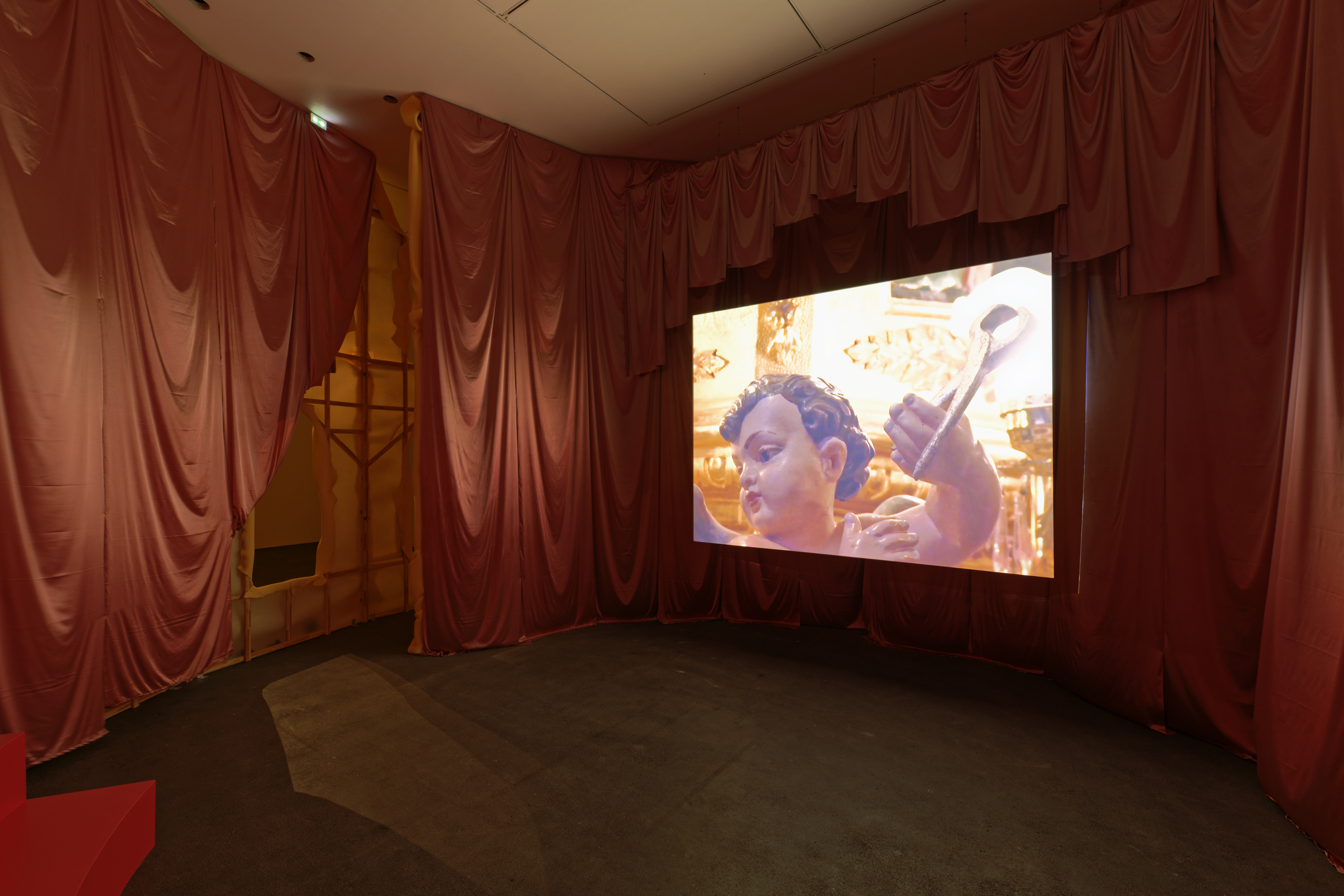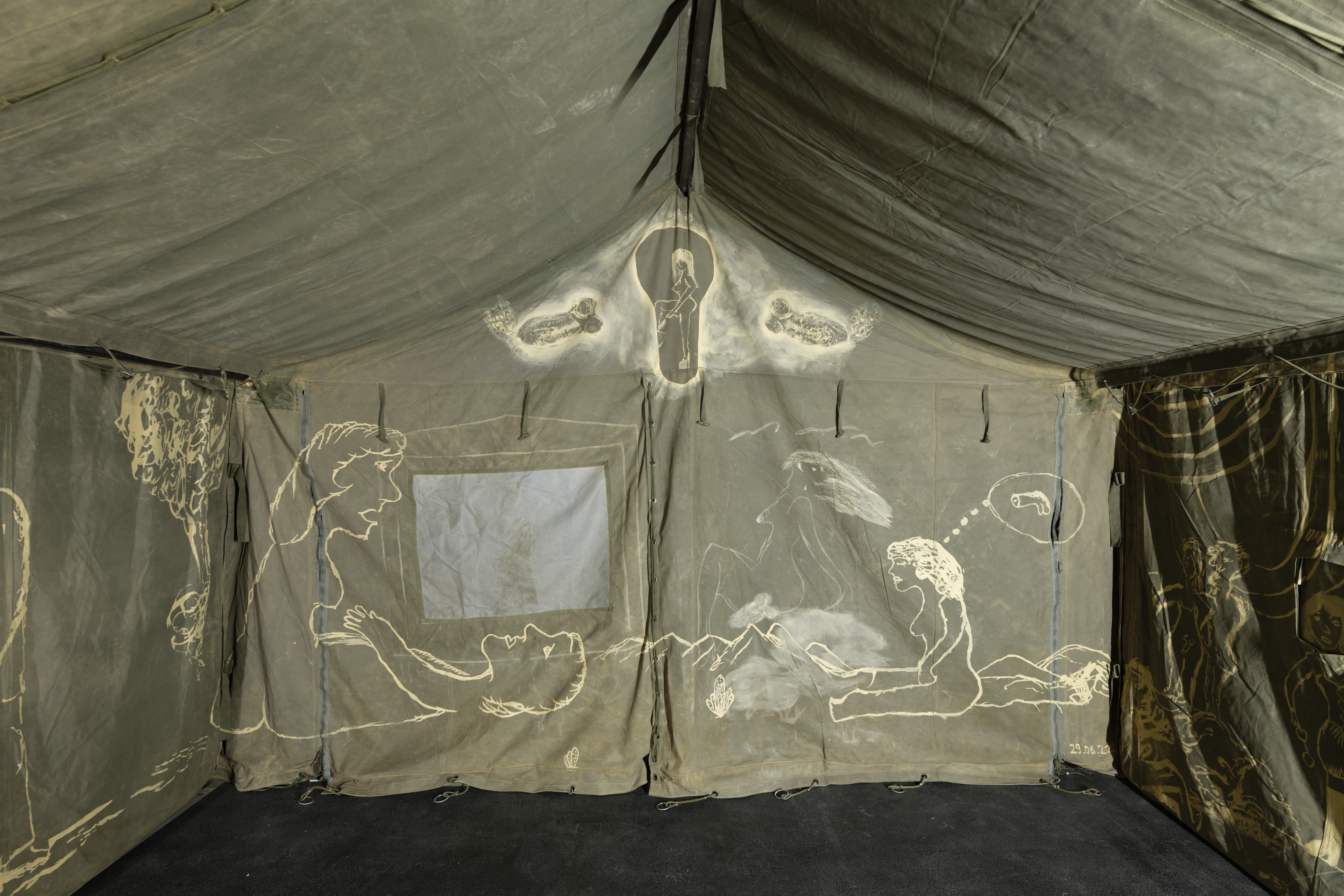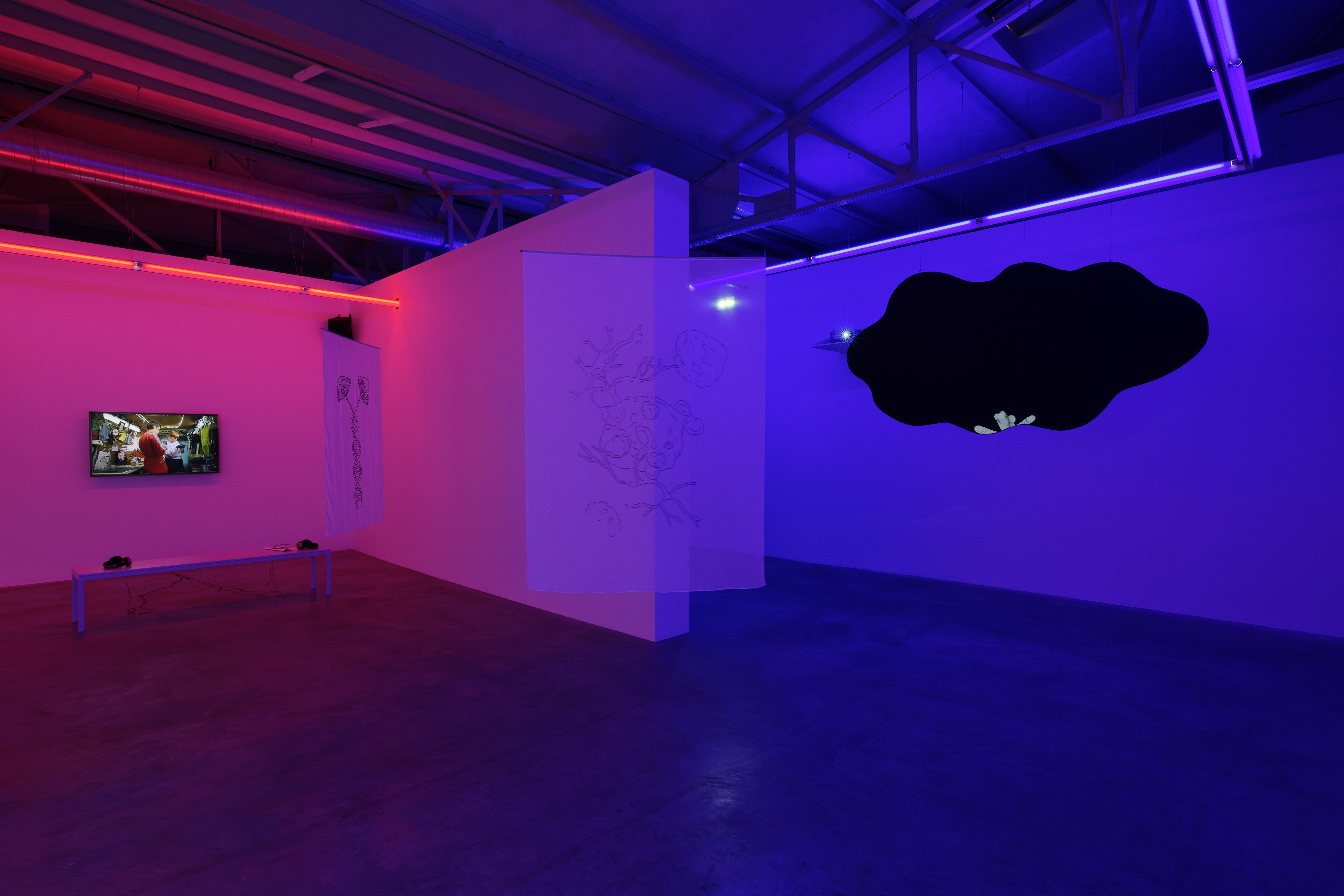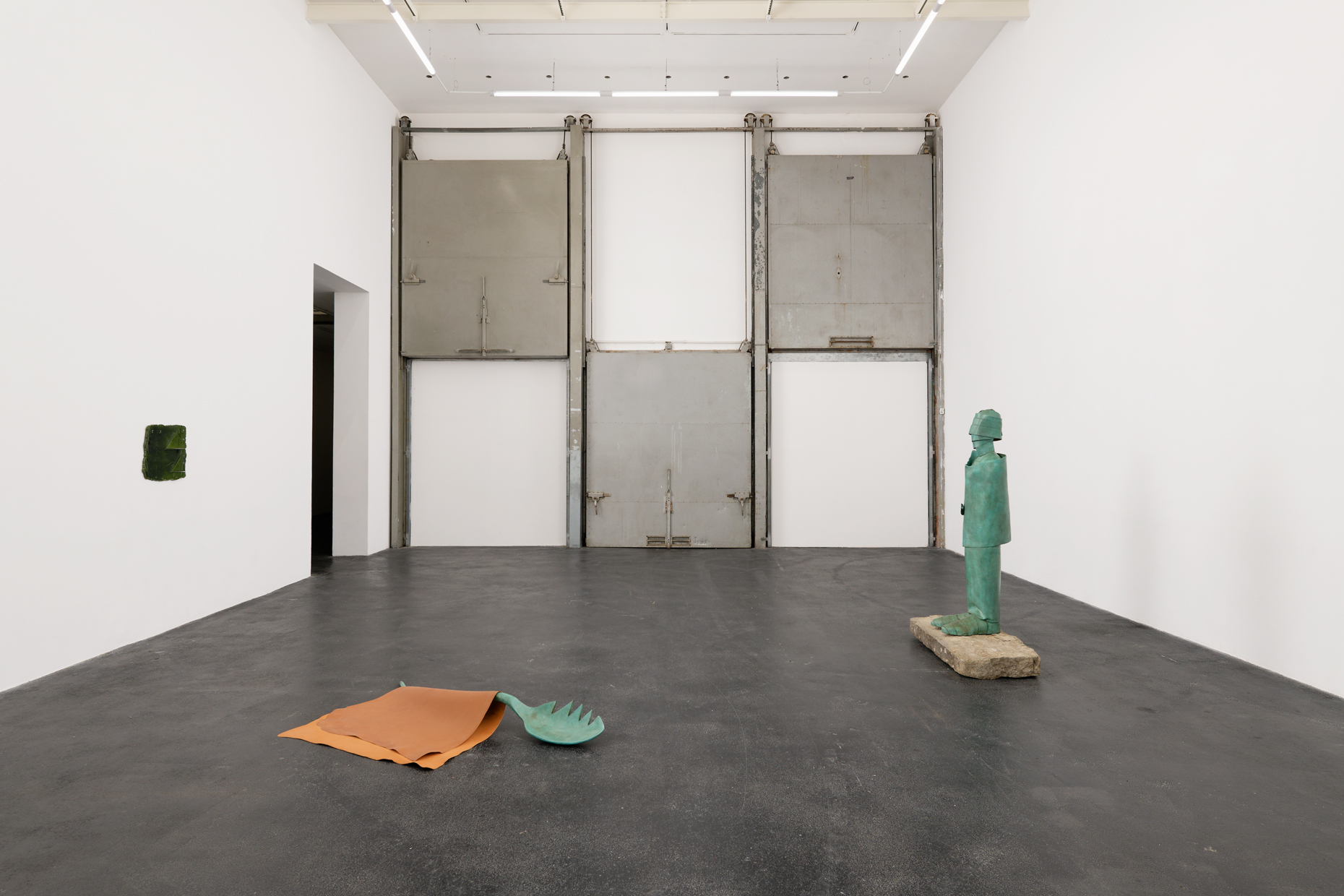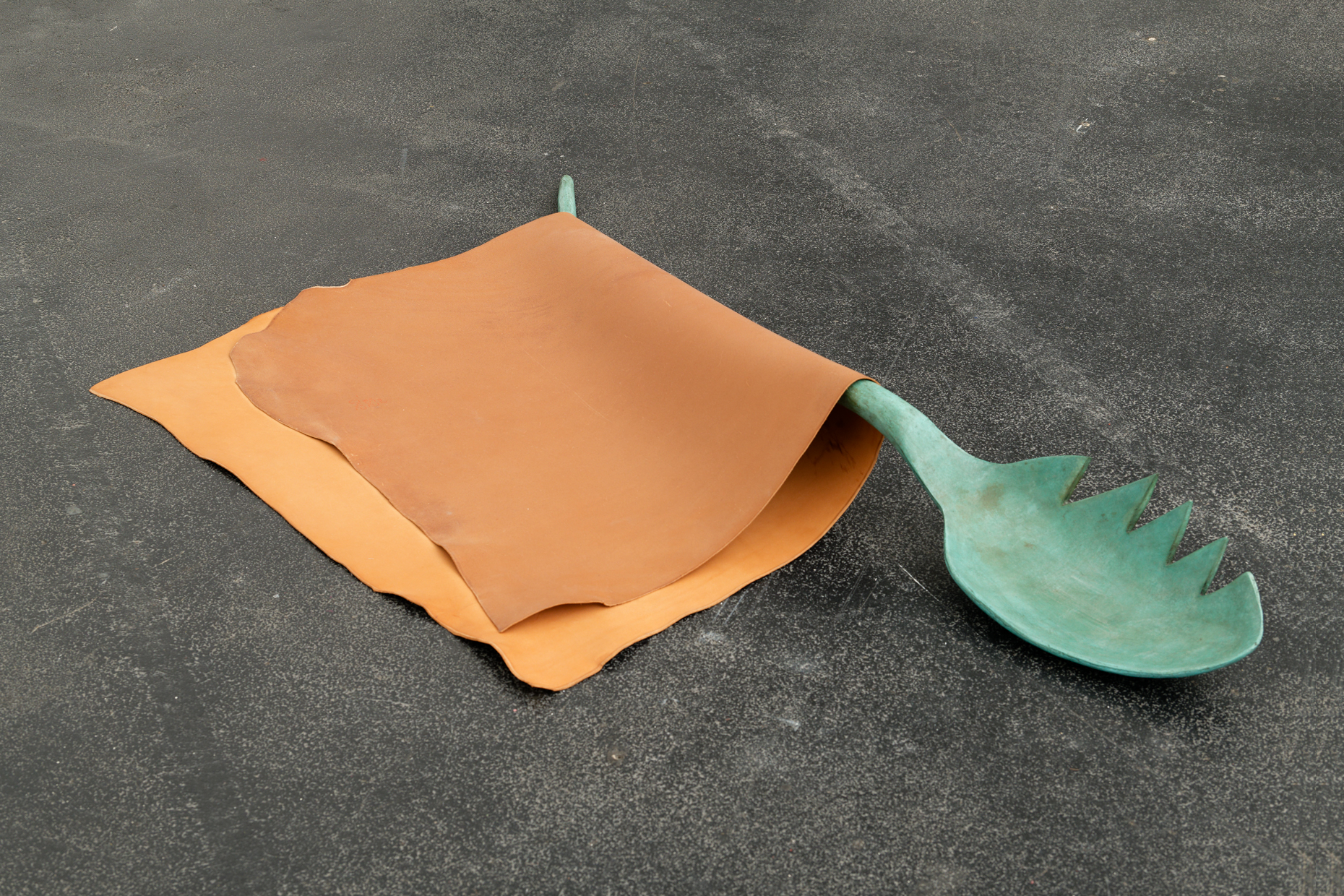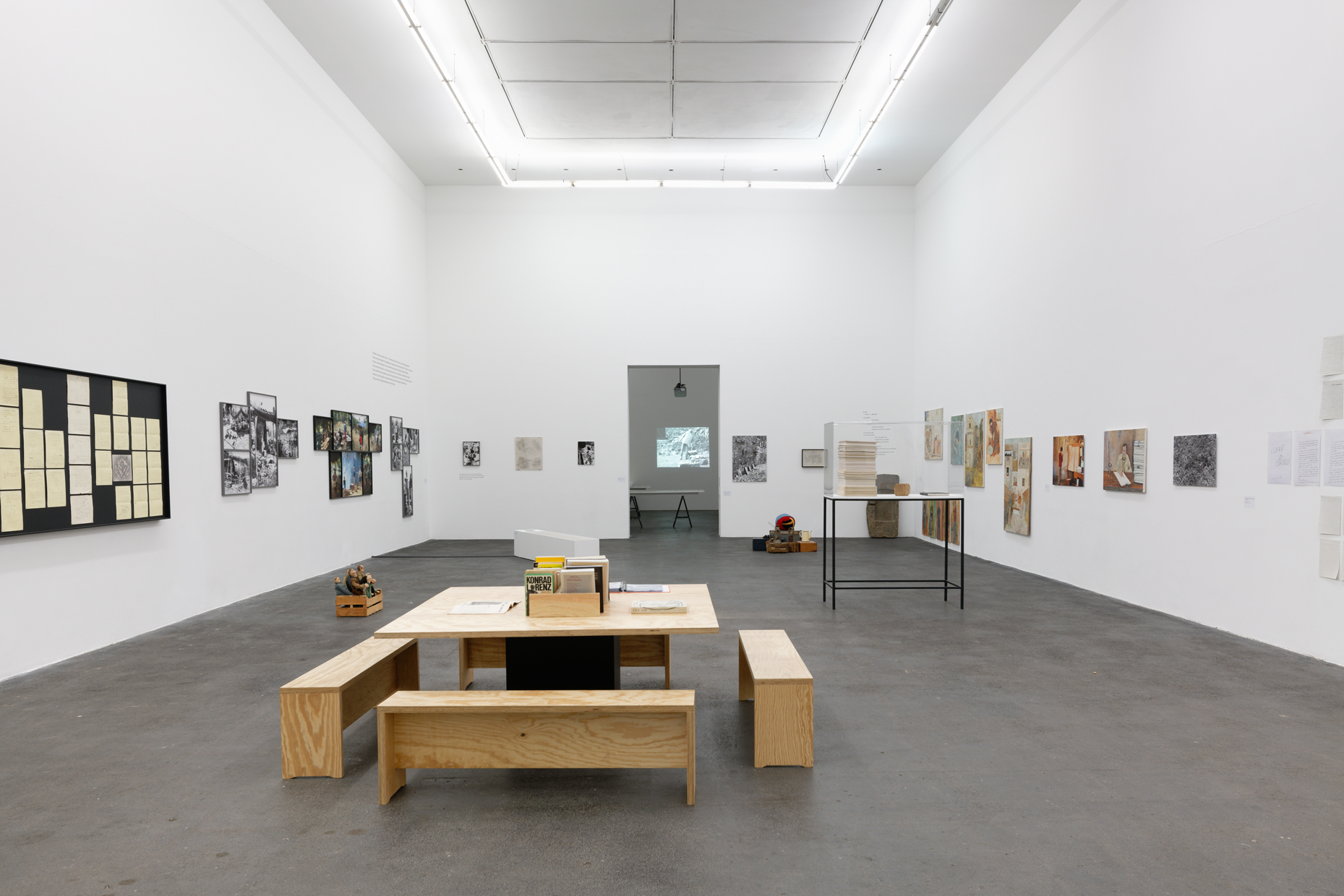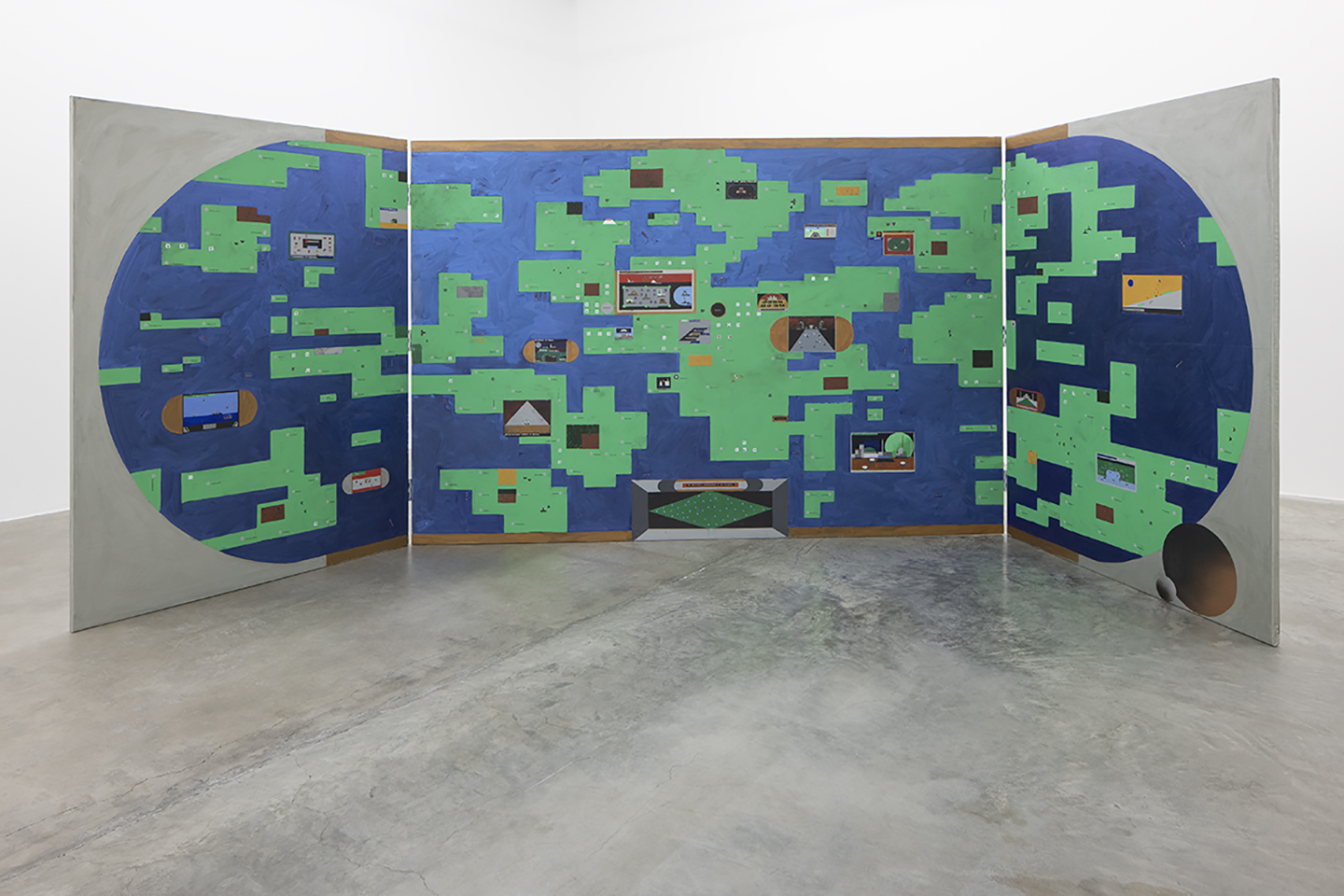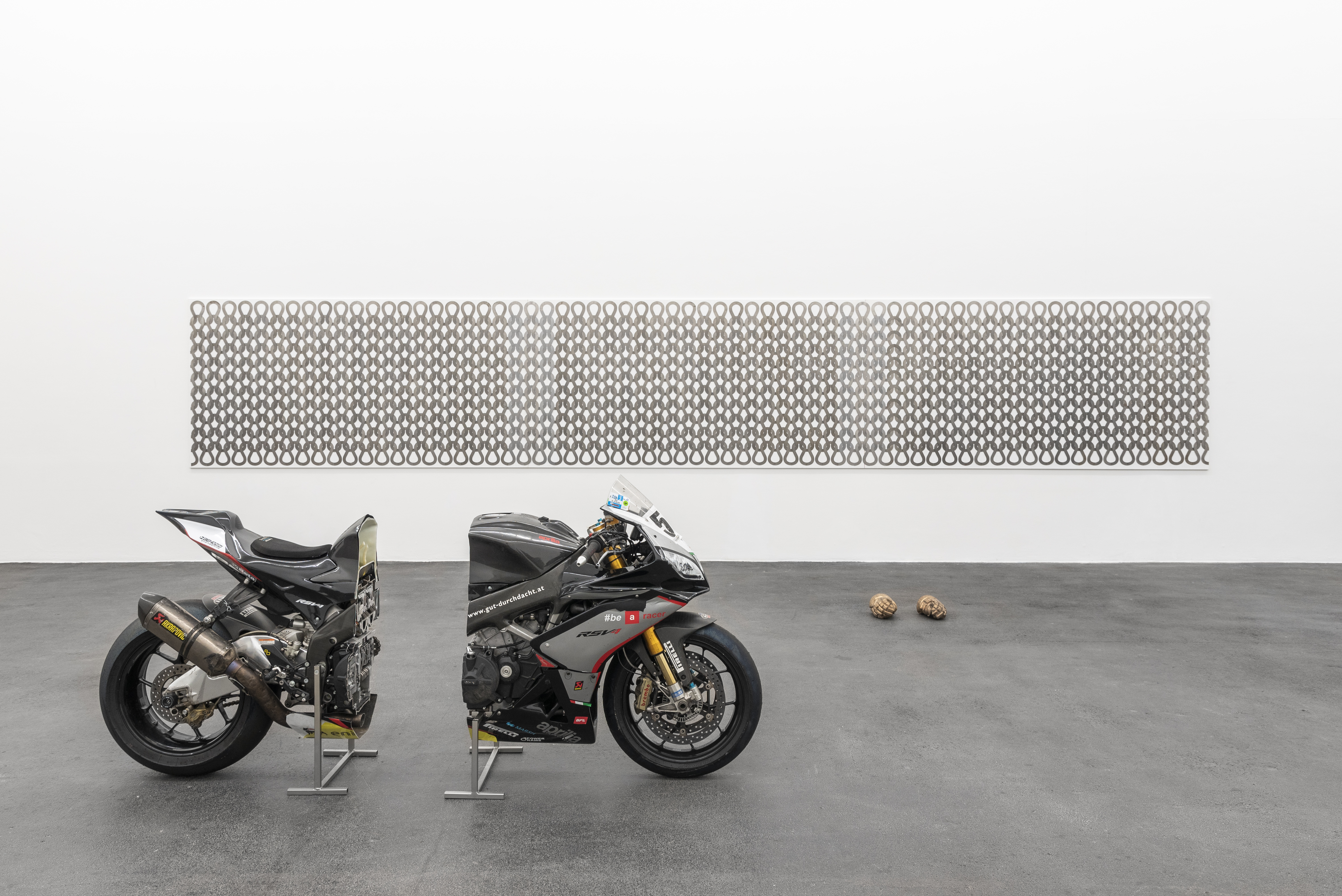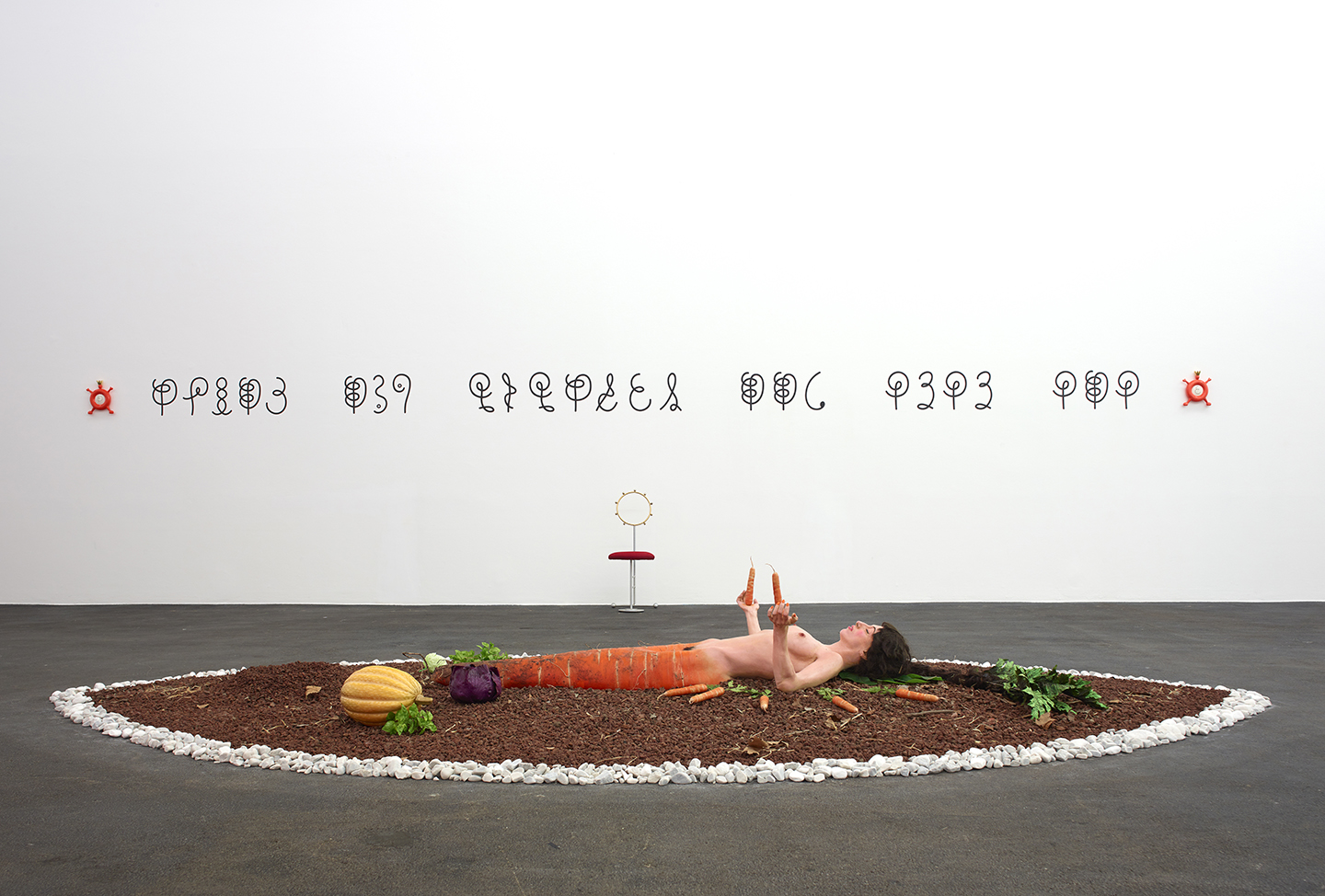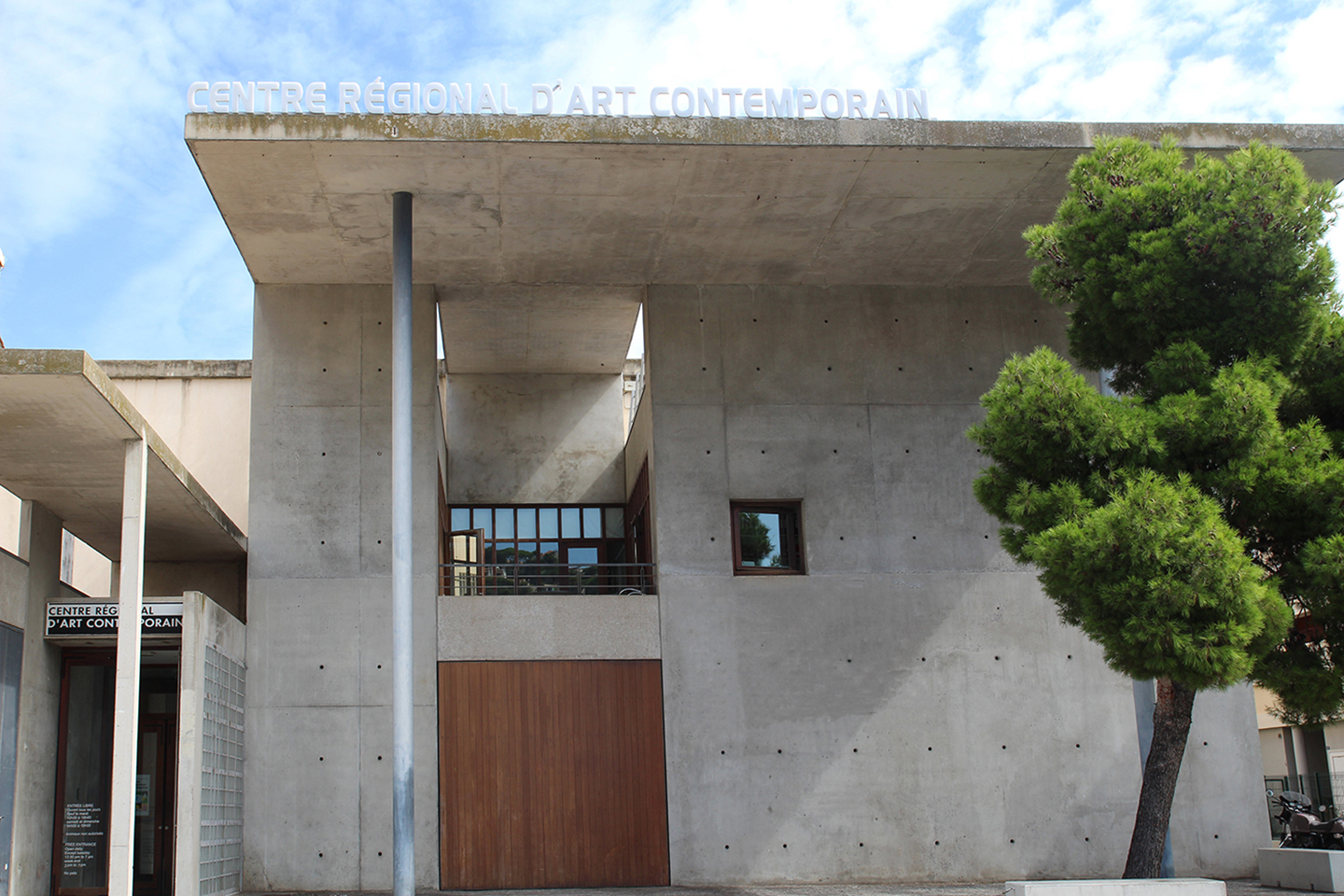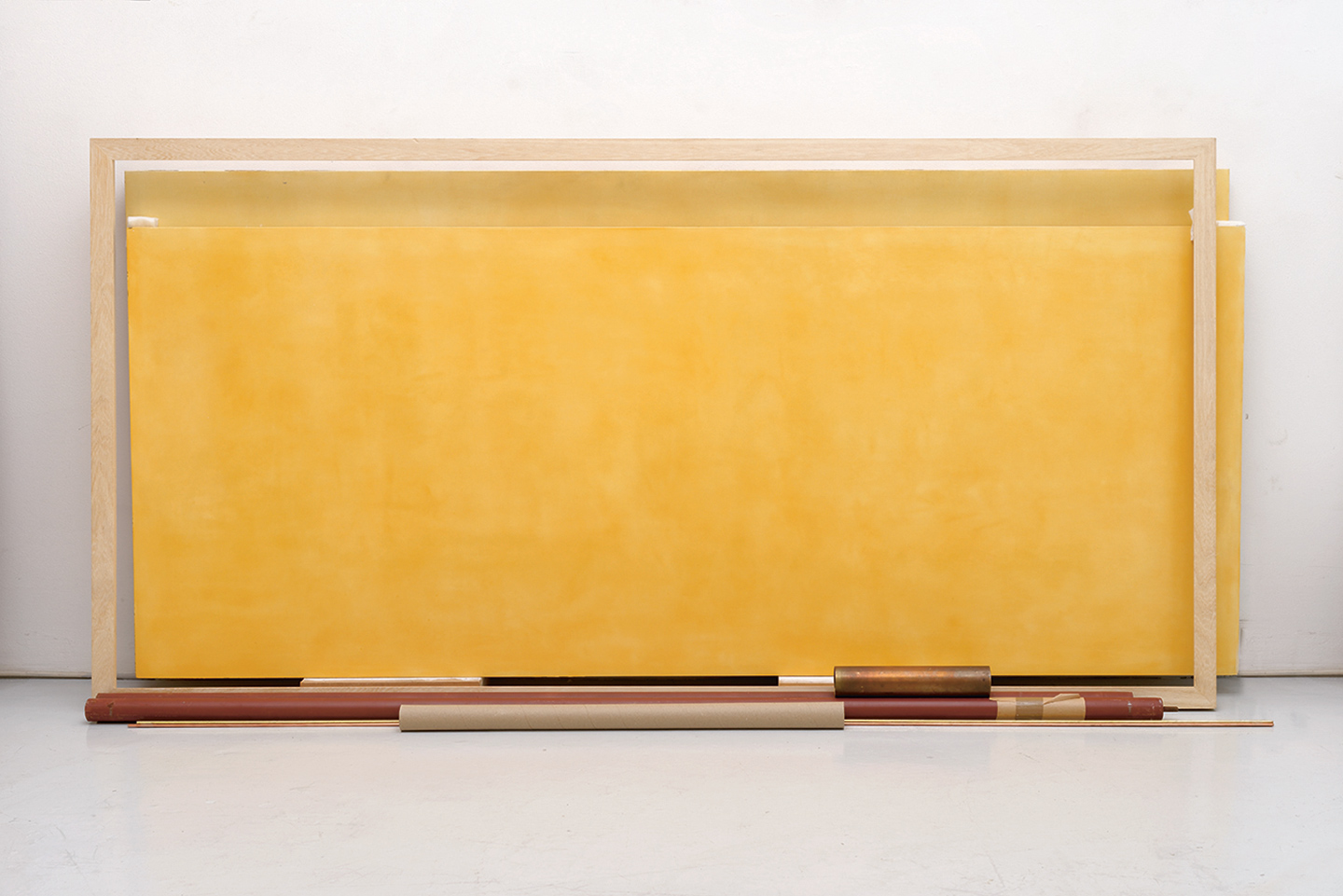Pour la peau de Jessica Rabbit
July 2, 2022–January 8, 2023
Les filets d’hyphes
Nets of Hyphae
July 2–31, 2022
26 quai Aspirant Herber
34200 Sète
France
Hours: Monday and Wednesday–Friday 12:30–7pm
Saturday–Sunday 2–7pm
T +33 4 67 74 94 37
crac@laregion.fr
Pauline Curnier Jardin: Pour la peau de Jessica Rabbit
Pauline Curnier Jardin (born in 1980 in Marseille) is a visual artist, filmmaker and performer who draws from a vast repertoire of references, ranging from Greco-Roman mythology to folk tales, from various religious practices to pagan rituals. The films and the installations, which she often conceives as theatrical stages, reflect spaces of play or popular entertainment, such as circuses, cabarets, carnivals or fun fairs, worlds where all identities, every kind of crossdressing and reversal, is allowed. In a kind of wild and organic ethnology, Pauline Curnier Jardin documents various rituals: processions, pilgrimages, votive festivals...
Her vocabulary stems just as much from extravaganzas as from horror films or Z movies, while being populated by strange characters both grotesque and uncategorisable, or marginal figures roaming the fringes of cities as well as those of social and gender norms.
The historical or mythological characters at the centre of certain films (Saint Agatha, Bernadette Soubirous) are revisited, becoming figures that defy generally accepted ideas and stereotypes, while exposing the viewer to borderline states that derail our understanding of norms and good taste.
The exhibition at the Crac is a chance to plunge deep into Pauline Curnier Jardin’s universe of plastic works and films. It is the artist’s largest exhibition to date in France. Several installations were tailormade for the Crac Occitanie’s spaces, making it possible to discover films, drawings and images within a reconstructed Roman amphitheatre, inside a giant placenta, in an archaeological diorama, or passing between the legs of a giantess.
The entire exhibition was conceived in close collaboration with the set designer, costume designer and dancer Rachel Garcia.
Curator: Marie Cozette
Diana Policarpo: Les filets d’hyphes
Les filets d’hyphes (Nets of Hyphae) interweaves several stories and representations linked to the use, at the edge of modern medicine, of plants, fungi and bacteria by women and minorities, as a form of alternative knowledge and technology giving access to one’s own body. With a collection of videos, sound pieces and silkscreen prints on fabric, Diana Policarpo explores the history of Claviceps purpurea, also known as ergot of rye, a fungus that lives as a parasite on grasses, and was the cause of St. Anthony’s Fire disease in the Middle Ages. Ingestion of this fungus, present in the rye used for making bread, provoked burns and hallucinations.
Ergot of rye was traditionally used in small doses by women to facilitate childbirth or abortions, or to treat post-partum bleeding. This curative knowledge practiced by healers and midwives was broadly wiped out by the hegemonic narratives produced by modern science, making way for obstetric medicine as a patriarchal tool for the control and reproduction of bodies. Albert Hoffmann’s discovery of LSD in the 1930s and the synthesis of ergot in the laboratory ended up rendering invisible a completely different epistemology, the oral history not only of the transformation and alchemical processes of this parasite, but also of interspecies relations that feminist activists are attempting to find again and revive in artisanal workshops dedicated to gender hacking and DIY gynaecology.
This exhibition was conceived in partnership with Anozero’21-22—Coimbra Biennial of Contemporary Art (Portugal). Diana Policarpo’s installation was previously presented at the Kunsthall Trondheim and at the Galeria Municipal do Porto, which co-produced it (curator Steffi Hessler). This exhibition is also supported by the Calouste Gulbenkian Foundation - Delegation in France
Curators : Elfi Turpin and Filipa Oliveira

